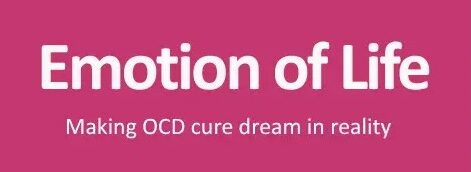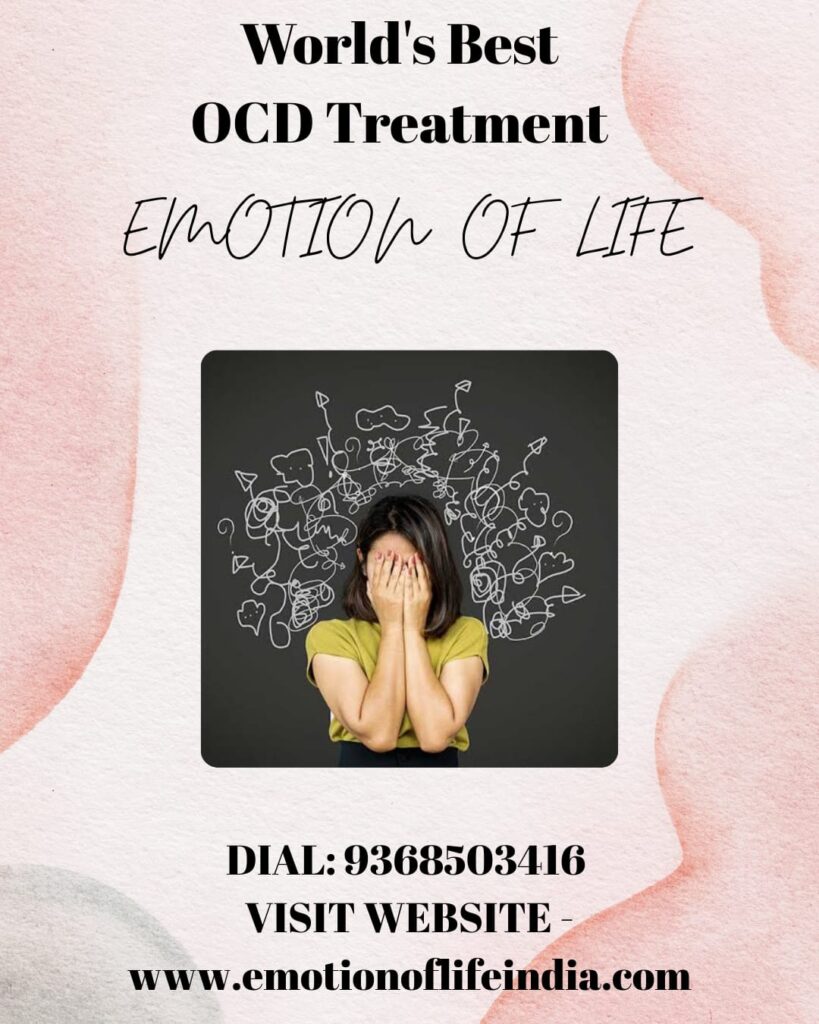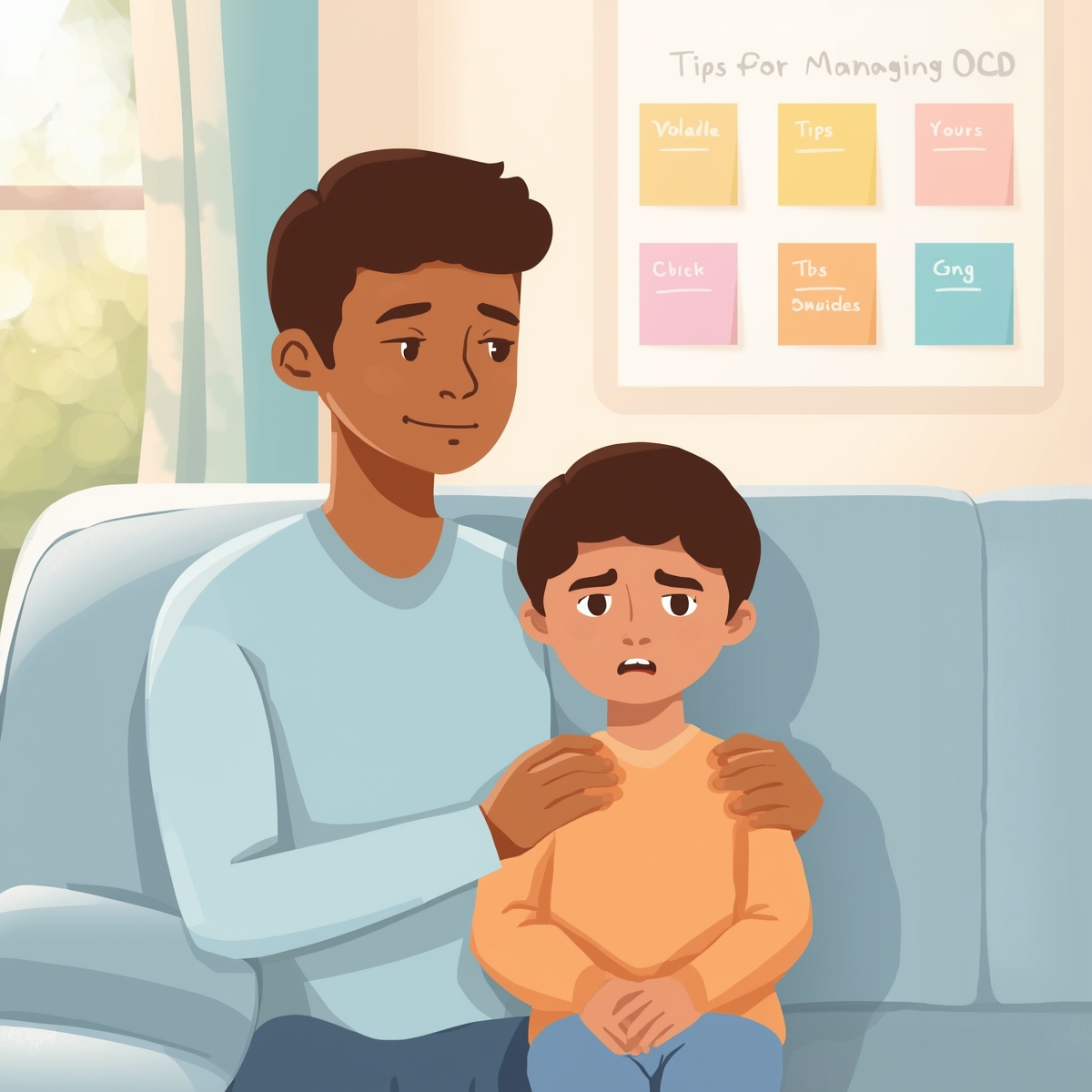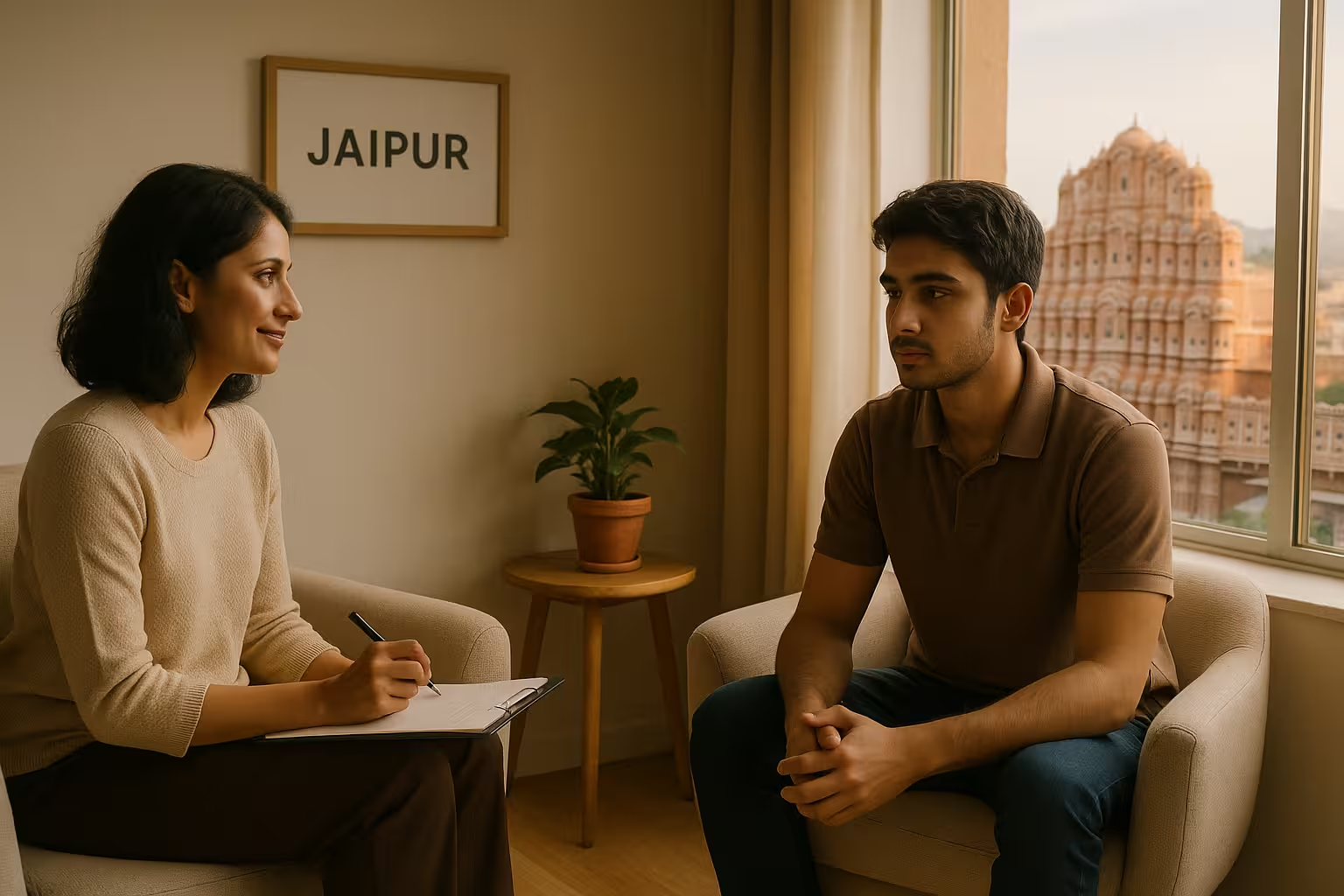How to stop negative thoughts
How to stop negative thoughts: Obsessive-Compulsive Disorder (OCD) is a mental health condition that manifests as recurring, unwanted thoughts (obsessions) and repetitive behaviours (compulsions) designed to alleviate anxiety caused by those thoughts. One of the most challenging aspects of OCD while people are searching for how to stop negative thoughts is the presence of negative or distressing thoughts that individuals feel compelled to engage with, leading to a cycle of obsession and compulsion. This document explores effective methods for managing and eliminating negative OCD thoughts and offers insights into Emotion of Life’s OCD Recovery & Cure Program.
Understanding the Nature of Negative OCD Thoughts
How to stop negative thoughts are not simply about having doubts or worries; they are intrusive and often irrational thoughts that create an overwhelming sense of anxiety. These thoughts can range from fears about harming others, concerns about contamination, or doubts about one’s moral or religious standing. Individuals struggling with these thoughts often engage in compulsions, such as checking, cleaning, or seeking reassurance, in an attempt to neutralize or alleviate the distress caused by these thoughts.
At Emotion of Life, when answering how to stop negative thoughts, we recognize that the cycle of obsessive thoughts and compulsive actions can be devastating. That is why our OCD Recovery & Cure Program, including 100 Days, 100 Sessions, and a focus on full recovery online, is designed to provide a structured path towards freedom from OCD and to address the question of how to stop negative thoughts in a practical way.
Step 1: Understanding the Role of Thoughts in OCD
The first step in learning how to stop negative thoughts is understanding that these thoughts are a product of the condition and do not reflect who you are as a person. In fact, people with OCD often experience intrusive thoughts that are at odds with their values or desires. It is essential to accept that the presence of these thoughts is not an indication that they will manifest into actions.
At Emotion of Life, we guide individuals to understand that stopping negative OCD thoughts does not mean suppressing them or giving them undue power, but instead learning to recognize them for what they are: mental disturbances that do not define you.
Step 2: Challenging the Distress and Fear Associated with Thoughts
The next step is challenging the fear that arises from the thoughts. It is common for people with OCD to become so overwhelmed by negative thoughts that they engage in rituals or compulsions to neutralize them. However, this only reinforces the cycle and prolongs the distress. Effective treatment involves cognitive behavioral therapy (CBT) and Exposure and Response Prevention (ERP).
ERP specifically focuses on exposing the individual to feared situations or thoughts, such as confronting intrusive thoughts without performing the accompanying compulsive behavior. This helps to gradually reduce the power these thoughts have over the individual. It is a core element of Emotion of Life’s approach in the OCD Recovery & Cure Program, where we empower individuals to take small steps towards confronting and ultimately overcoming their fears with the goal of stopping negative thoughts.
Step 3: Eliminating Negative OCD Thoughts
While intrusive thoughts can be persistent, eliminating negative OCD thoughts is possible. The goal is not to simply manage the thoughts but to break the cycle where these thoughts control your actions. At Emotion of Life, we use proven strategies to help individuals reduce and ultimately eliminate the distress caused by OCD thoughts.
By engaging in Exposure and Response Prevention (ERP) and Cognitive Behavioral Therapy (CBT), we help individuals confront their fears directly rather than avoiding or neutralizing them. This process actively reduces the power of negative thoughts over time. As individuals learn to resist the compulsions linked to these thoughts, they become less reactive and more empowered.
To support how to stop negative thoughts, incorporating mindfulness and cognitive restructuring techniques into daily routines is advised. Instead of letting thoughts dictate actions, the goal is to let them pass without reaction. With structured therapy, these intrusive thoughts lose their ability to cause distress, enabling long-term peace.
Step 4: Implementing Practical Strategies to Break the OCD Cycle
Once you understand how to stop negative thoughts and accept that thoughts are not dangerous, the next step is to break the cycle of compulsions. Common OCD compulsions include checking, cleaning, or repeating rituals to alleviate distress. The key to overcoming these compulsions is realizing that the thoughts are not commands and the behaviors associated with them are not necessary for safety or reassurance.
To implement a practical strategy for overcoming negative OCD thoughts, begin by gradually reducing the compulsions. At Emotion of Life, we work closely with clients to create structured plans for facing fears without resorting to compulsive behaviors. This gradual approach allows individuals to become more comfortable with uncertainty, one challenge at a time.
Step 5: Seeking Professional Help and Building a Support System
One of the most important steps in eliminating negative OCD thoughts is seeking professional help. While self-help strategies can be beneficial, professional guidance is essential in breaking the cycle of OCD. Emotion of Life offers personalized online sessions that allow individuals to receive the support they need in the comfort of their own homes.
In addition to professional treatment, building a support system of family, friends, or professionals is crucial. Having people who understand the challenges of OCD can reduce isolation and promote recovery. Long-term strategies for maintaining progress include ongoing therapy, consistent practice of coping techniques, and lifestyle changes that support mental well-being.
The Role of Emotion of Life in OCD Recovery and How to Stop Negative Thoughts
At Emotion of Life, we are dedicated to offering comprehensive support to those struggling with OCD. Our OCD Recovery & Cure Program focuses on personalized online therapy sessions using CBT, ERP, and mindfulness. Our approach helps individuals manage and reduce the impact of negative OCD thoughts and compulsive behaviors.
Our 100 Days, 100 Sessions program offers a clear and structured pathway toward recovery, tailored to each individual’s needs. We understand that stopping negative OCD thoughts involves more than addressing symptoms; it is about empowering individuals to regain control and build a future free from OCD.
Conclusion: How to Stop Negative OCD Thoughts
- Step 1: Understanding the OCD thoughts
- Step 2: Challenging the distress and fear associated with thoughts
- Step 3: Eliminating negative OCD thoughts
- Step 4: Implementing practical strategies to break the OCD cycle
- Step 5: Seeking professional help and building a support system
Overcoming negative OCD thoughts is challenging but achievable. Through understanding the nature of OCD, challenging distressing thoughts, building healthy coping strategies, and seeking professional help, individuals can break free from the cycle of obsession and compulsion. Emotion of Life provides the tools and support for lasting recovery based on compassion, expertise, and practical solutions.
Success Stories
Success Story 1: Riya’s Journey from Self-Doubt to Self-Confidence
Riya, a 28-year-old working professional, often felt trapped in a cycle of self-doubt. Her mind was filled with thoughts like “I am not good enough” or “What if I fail”. These negative thoughts drained her energy, affected her performance at work, and left her emotionally exhausted. When Riya joined Emotion of Life, she learned techniques to identify negative thinking patterns, replace them with balanced thoughts, and practice mindfulness to stay present. Over time, she realized that she was not her thoughts and gained greater confidence and calm.
Success Story 2: Ankit’s Transformation from Anxiety to Inner Peace
Ankit, a 34-year-old entrepreneur, was constantly worried about the future and replayed worst-case scenarios. Through therapy at Emotion of Life, Ankit learned reframing techniques, gratitude practices, and breathing exercises that shifted his mindset. Gradually, he moved from fear-based thinking to confident decision-making and inner peace.










